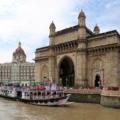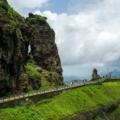Nanda Devi National Park and Valley of Flowers Trek Guide: Uttarakhand’s Twin Trekking Marvel
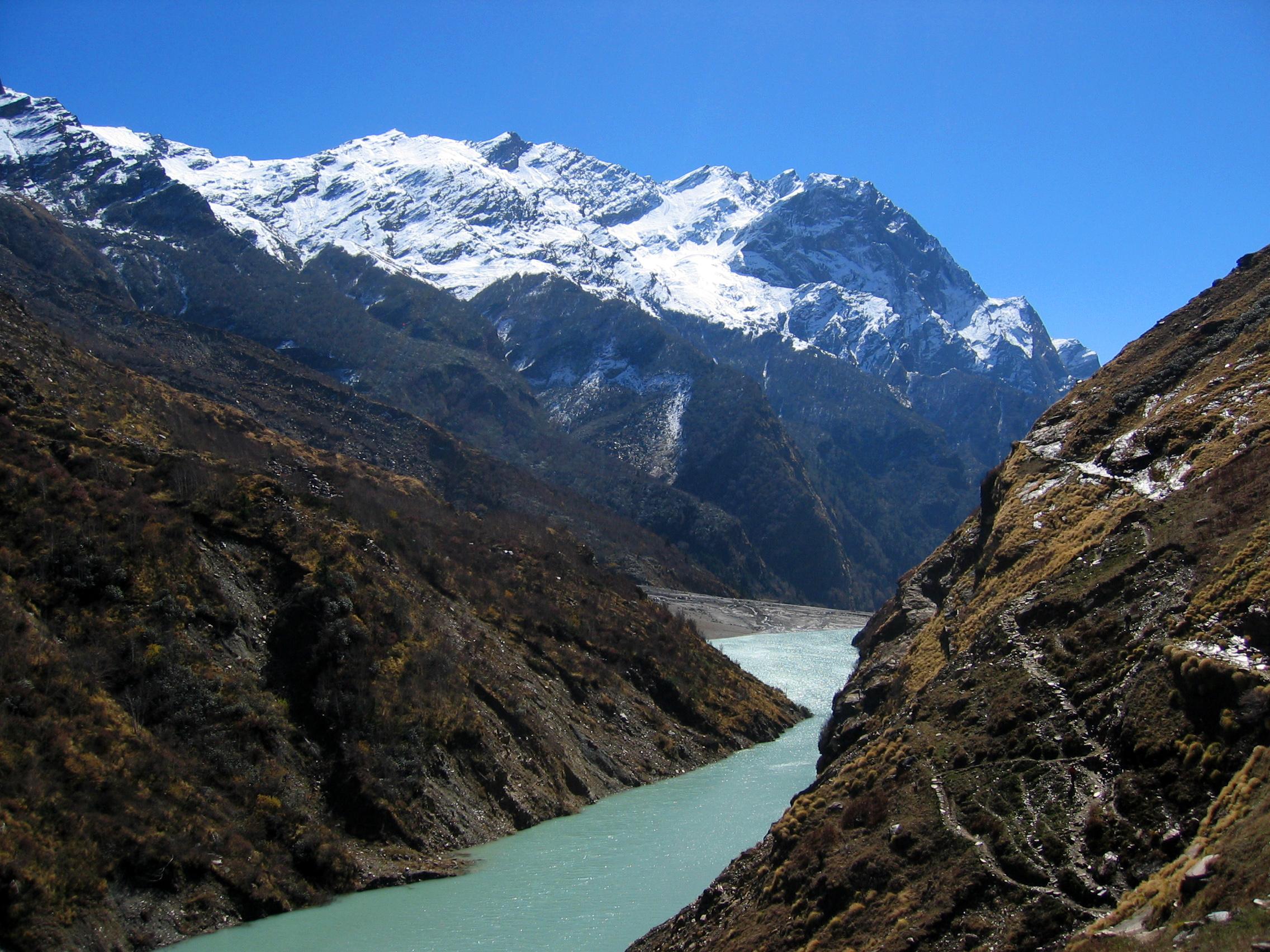

Hidden in the folds of the Garhwal Himalayas lie two of India’s most breathtaking alpine wonders—Nanda Devi National Park and the Valley of Flowers in Uttarakhand. Often spoken of separately, these UNESCO World Heritage Sites are, in fact, part of the same biosphere reserve—offering trekkers not just high-altitude beauty, but a rare glimpse into untouched Himalayan ecology. Whether you’re chasing the riot of monsoon blooms in the Valley of Flowers or the remote stillness of the Nanda Devi sanctuary, this trail isn’t just about ticking off a trek—it’s about stepping into a sacred wilderness.
In this guide, we decode everything you need to know to plan this twin adventure in 2025: entry permits, trek routes, best months to visit, and essential travel tips—all updated with the latest regulations and insights.
In this Blog
Why Visit Now?
The Valley of Flowers and Nanda Devi National Park in Uttarakhand are now open for the 2025 season—welcoming trekkers, nature lovers, and photographers into one of the most breathtaking biospheres in the Indian Himalayas. If you’ve ever dreamed of witnessing alpine meadows bursting into bloom or exploring untouched wilderness in high-altitude terrain, this is the time to go. Together, these twin UNESCO World Heritage Sites offer a rare opportunity to experience two unique yet interconnected landscapes on one trip.
What Makes These Uttarakhand Treks So Special?
A Twin Trekking Experience
Though often visited separately, Valley of Flowers and Nanda Devi National Park in Uttarakhand are part of the Nanda Devi Biosphere Reserve, and trekking both offers unmatched ecological, cultural, and natural diversity. One is vibrant, floral, and open-armed. The other is silent, stoic, and sacred. Together, they offer a complete Himalayan monsoon experience.
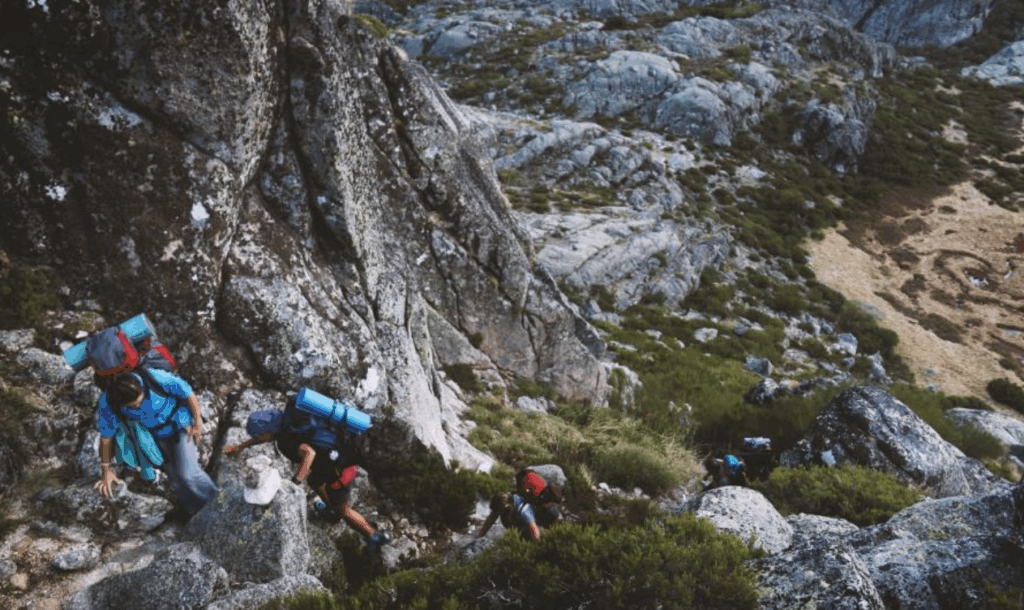
Valley of Flowers National Park
Discovered in 1931 by British mountaineer Frank Smythe, the Valley of Flowers is a glacial valley tucked between the Zanskar and Greater Himalayas. Every year, from July to early September, the valley transforms into a riot of colours, carpeted with over 600 species of alpine flora. It is among the best places to visit in Uttarakhand during monsoons!
Trekking Route
Start Point: Govindghat
Shared Jeeps to Pulna
Trek: Pulna to Ghangaria (10 km)
Base Camp: Ghangaria
Day Trek: Ghangaria to Valley of Flowers (3.5 km one way)
Read Also: Complete Guide for visiting Valley of Flowers in Uttarakhand 2025 (with trek guide)
What to Expect at the Valley of Flowers
Flower sightings: Brahma Kamal, Blue Poppy, Cobra Lily, Himalayan Bellflower.
Birdwatching: Keep an eye out for Himalayan Monals and Snow Pigeons.
Terrain: Easy to moderate trek with well-marked paths
Pro Tip
Visit in late July—you’ll catch peak blooming season without the heavy crowds of August.
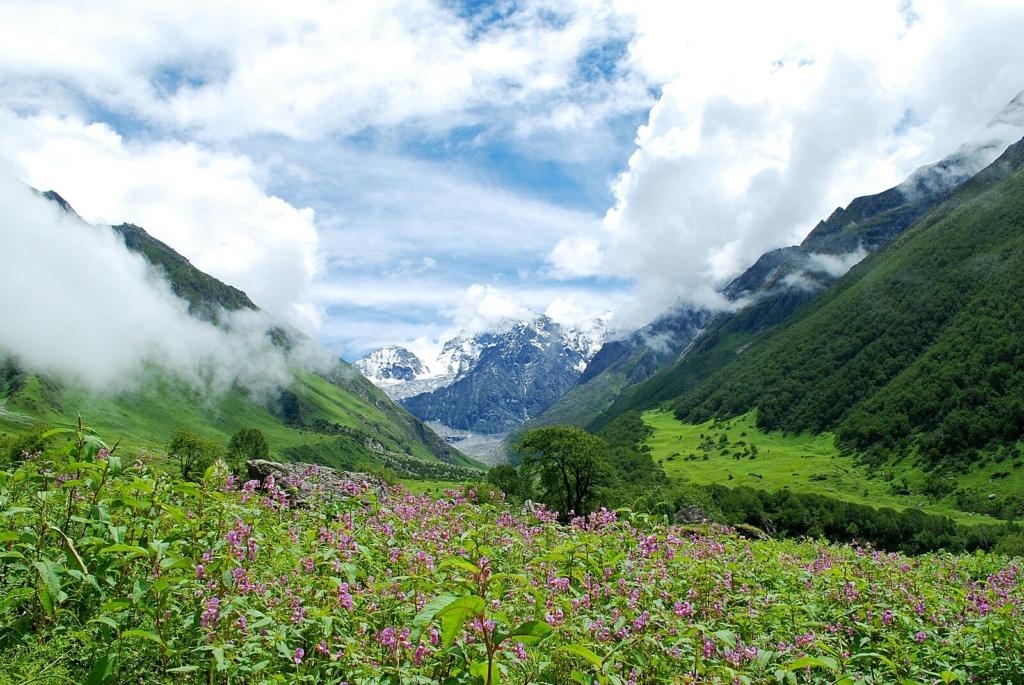
Nanda Devi National Park
Located around the majestic Nanda Devi peak (7,816 m), this national park is a spiritual and ecological treasure. Once a restricted zone, it is now open to limited, regulated trekking between May and October. The landscape features deep gorges, hanging glaciers, and rare alpine forests.
Trekking Route
Start Point: Lata Village (from Joshimath)
Route: Lata → Lata Kharak → Semi Kharak → Dharansi Pass
Trek Difficulty: Moderately difficult to challenging
What Makes It Unique
- A spiritual connection: Locals believe Nanda Devi is a goddess, not just a mountain
- Cultural immersion: Experience the traditions of the Bhotiya community
- Silence and solitude: A true off-grid experience where nature reigns
Pro Tip
You’ll need a permit to enter the outer sanctuary, and guided treks are recommended due to the remoteness of the trail.
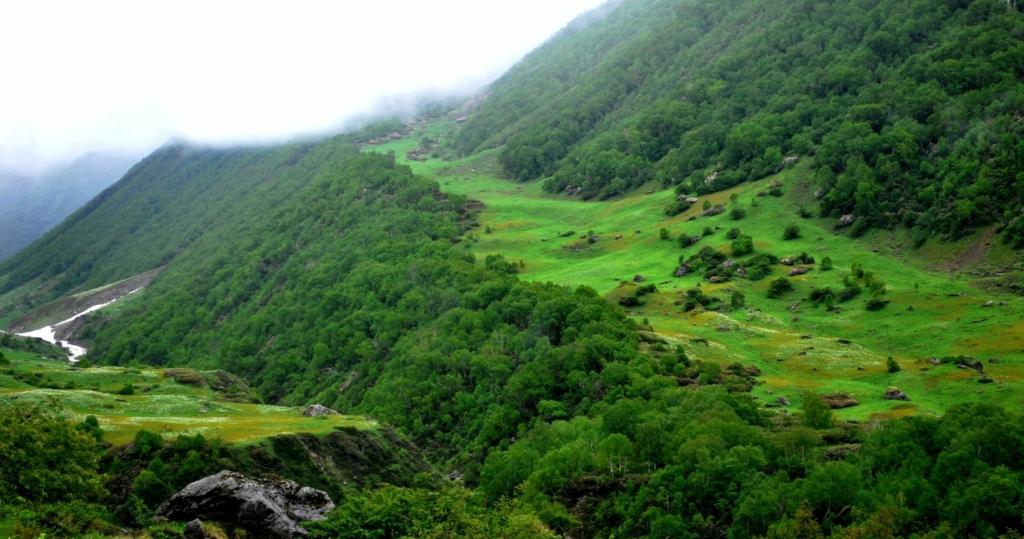
Distance Between Valley of Flowers and Nanda Devi National Park
While both are part of the Nanda Devi Biosphere Reserve, they are accessed via different trekking routes and entry points:
- Ghangaria (Valley of Flowers base) to Lata Village (Nanda Devi base): approx. 55 km by road
- Travel Time: ~2–2.5 hours by taxi or private vehicle via Joshimath
This makes it possible for trekkers to complete one trek, return to Joshimath, and then head to the other trailhead within a day—perfect for a twin-trek itinerary.
Entry Fees, Permits & Timings (2025 Update)
Valley of Flowers
Opening Dates: June 1 – October 31, 2025
Timings: 7 AM – 5 PM
Entry Fee: INR 150 (Indian, 3-day pass), INR 600 (foreigners)
Registration: Mandatory online before entry
Nanda Devi National Park
Restricted Entry: Only for guided treks with permission
Best Time to Visit: May to October (subject to forest department approval)
Registration & Permits: Must be arranged through authorized tour operators
Where to Stay
Best Base for Both Treks
Joshimath: Closest major town with basic hotels, homestays, and some StayVista villas
Ghangaria: Only accommodation hub near the Valley of Flowers—expect simple lodges
Lata Village: Best base to access the Nanda Devi outer sanctuary; stay in homestays and eco-camps
Bonus: Don’t Miss Hemkund Sahib and Badrinath Visit
If time permits, plan an extra day at Hemkund Sahib, a stunning high-altitude Sikh pilgrimage site just 6 km from Ghangaria. The trail is steeper than the Valley route but equally rewarding.
You can include a visit to Badrinath Temple either before starting or after completing your treks. It’s one of the Char Dhams and offers a deeply peaceful end (or beginning) to your Himalayan journey.
Valley of Flowers (Ghangaria) to Badrinath distance: approx. 25 km by road + 13 km trek
Nanda Devi National Park (Lata) to Badrinath distance: approx. 60 km by road
Travel Tips
Book early: Especially for Ghangaria stays
No mobile networks in most trekking zones; inform someone before you go
Respect local culture: These are not just trekking trails, but sacred spaces
Avoid plastic: Bring back all waste and avoid packaged snacks if possible
Trekking the Valley of Flowers and Nanda Devi National Park together is more than a trip—it’s a journey through nature’s masterpiece. The contrast between the vibrant valley and the solemn sanctuary is an experience that few other treks in India can offer.
As both open up for the 2025 season, this is your window to explore, connect, and discover the real beauty and tourist attraction of Uttarakhand!
Image Credits Vernon Fowler via Flickr



